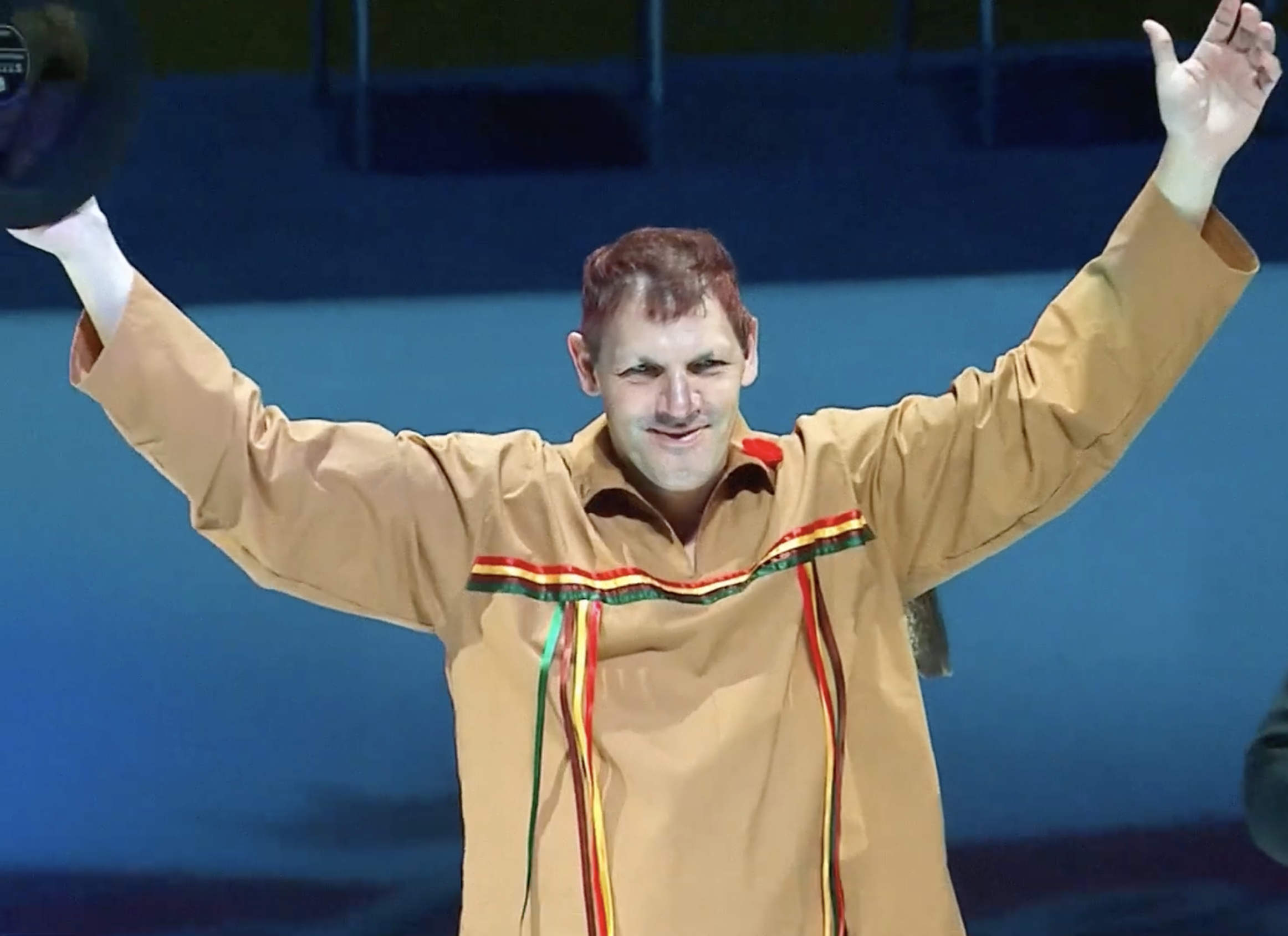UBCO Indigenous art intensive makes waves in decolonizing industry
Students participate in a ‘zine’ making workshop, led by Whess Harman during the 2019 Indigenous Art Intensive. Photo courtesy of UBC
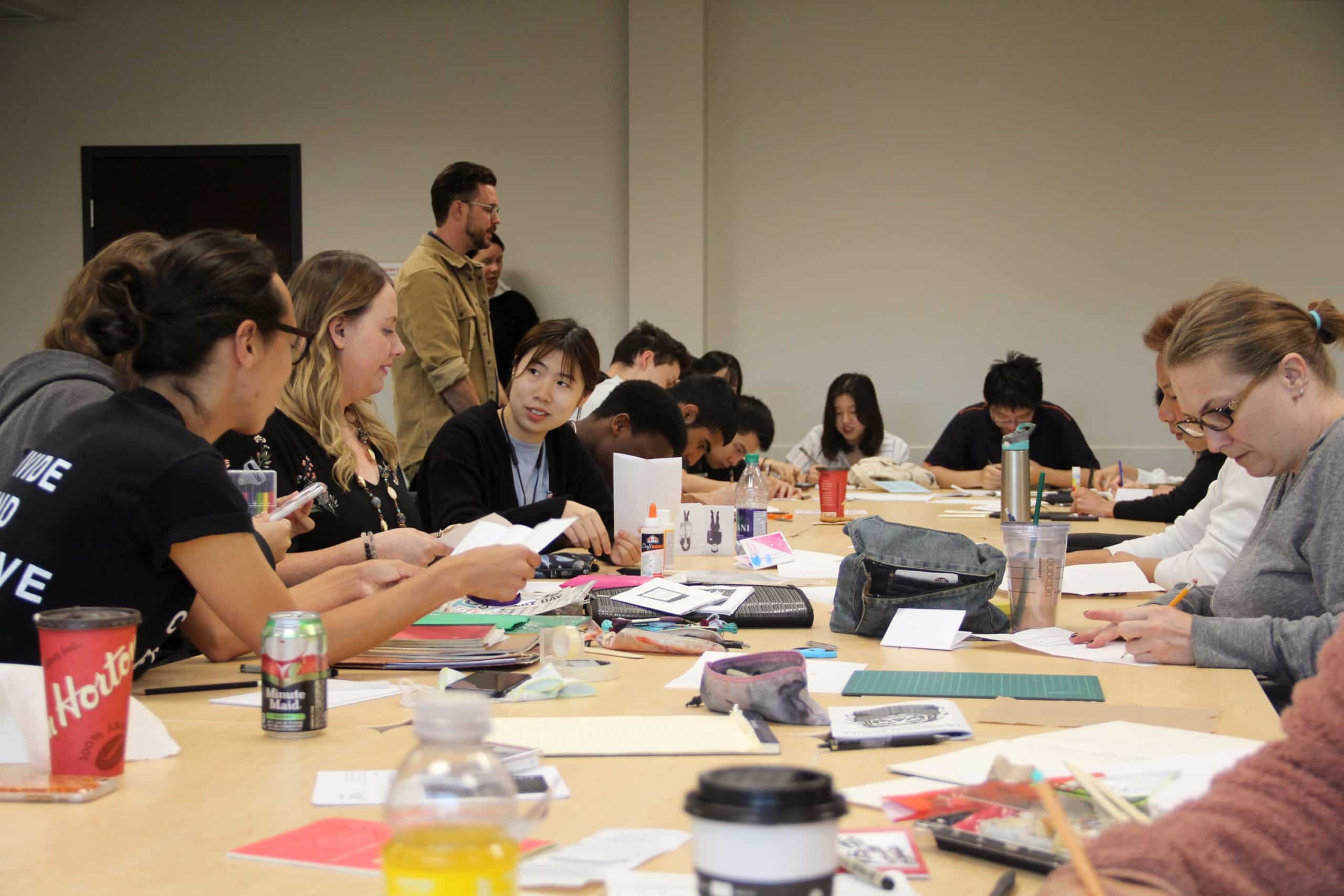
An arts program in “B.C.” is quietly leading the way in not only promoting and preserving Indigenous art, history and practices, but also setting the stage for the next generation of up-and-coming Indigenous artists by working to decolonize a largely European-influenced field.
They have been doing so for years, relatively unnoticed.
“As important as any aesthetic theory stemming from Europe is, Indigenous contemporary art theories from here are essential to understanding contemporary art today on a broad scale,” said Tania Williard, who is an assistant professor at University of British Columbia Okanagan (UBCO) and leads the Indigenous Art Intensive.
The program was started in 2014 at UBCO by professors Mike Evans and Stephen Foster. Tania has been running the intensive since 2019 and is focused on uplifting Indigenous culture in a university setting and shifting the dialogue within the industry.
“I’m interested in making space for thinking about and valuing syilx, Secwépemc, Nlaka’pamux (peoples and cultures),” said Tania. “In my experience as a Secwépemc person, our histories, our practices, our aesthetics are really diminished and or not spoken of in that way. And so to really kind of make space for that is important to me.”
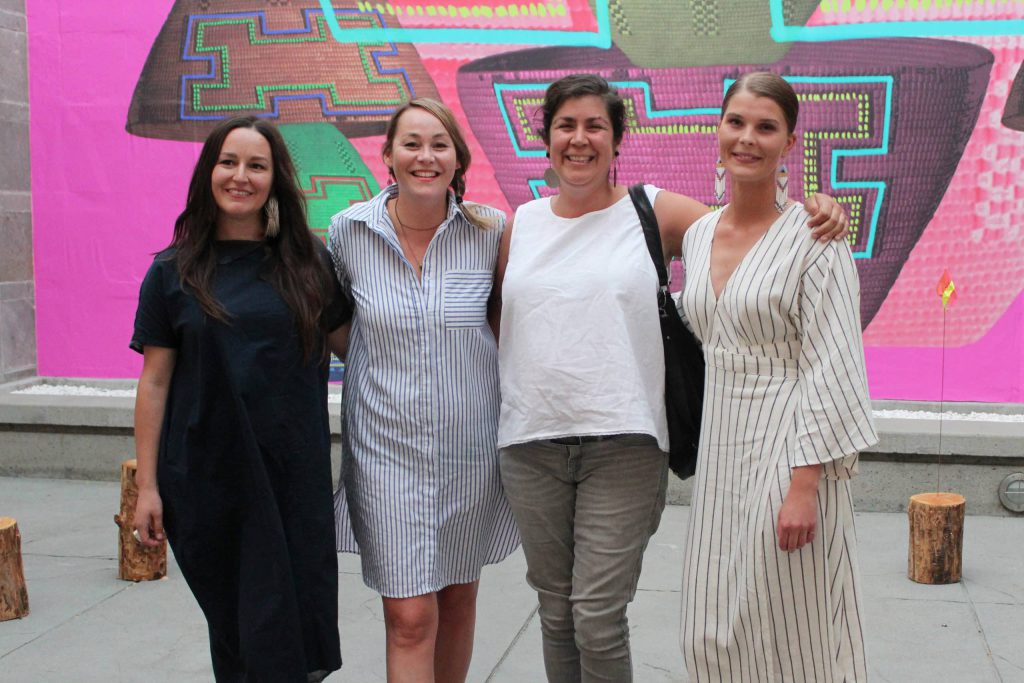
The month-long residency program hosted in syilx homelands on the UBCO campus in “Kelowna,” features a series of courses, lectures, art shows and opportunities to create art. World-renowned Indigenous scholars, curators and artists travel from their nations to discuss their artforms with students in an immersive way. Each week, a keynote is delivered alongside weekly panels and discussions with visiting artists, and other class activities such as art exhibitions, performances, readings and field trips.
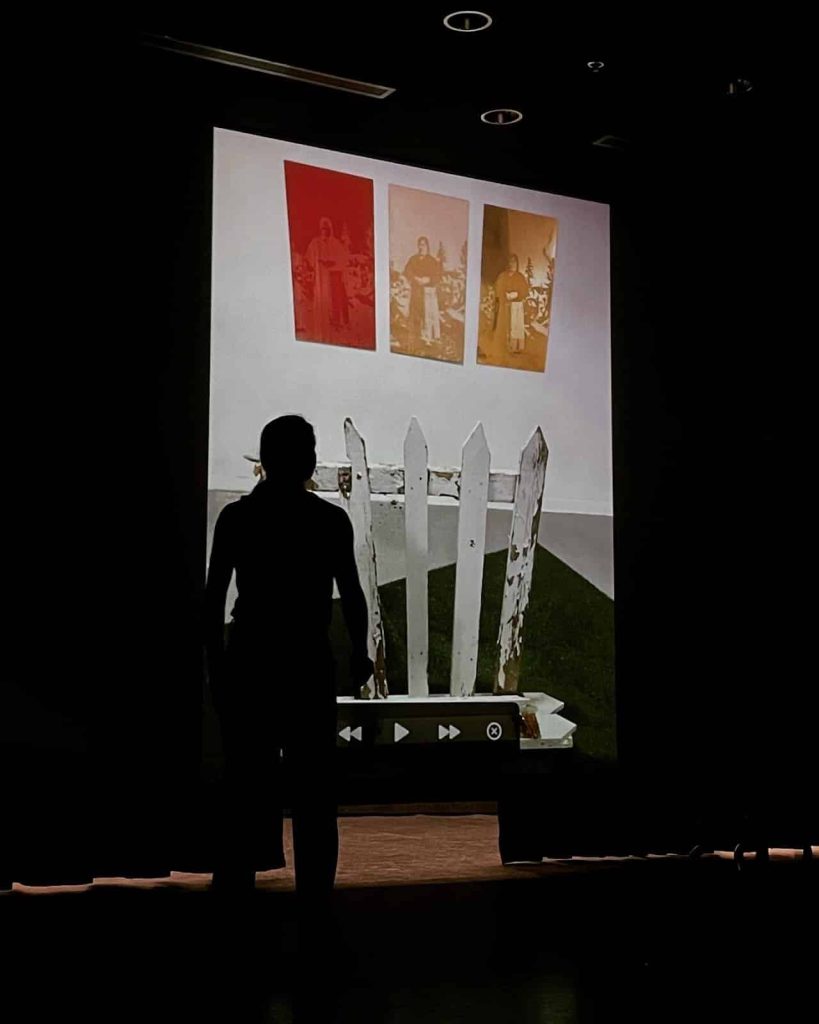
This year, the four keynote speakers were: Tracey Kim Bonneu, Steven Loft, Cheryl L’Hirondelle and Michelle LaVallee from nations across “Canada.” The invited resident artists also collaborate to create a new body of work with the students, and this year included eight artists from across the country.
Recently the group invited Raven Chacon, a Pulitzer Prize winning Diné artist known for their work as a composer of chamber music, who taught a sound-art course.
In 2017, Alex Janvier, a member of Indigenous Group of Seven, and James Luna, a legendary Payómkawichum, Ipi, and Mexican-American artist, visited the program.
“Things like that, that really showcase the amazing content and talent of Indigenous contemporary artists, in all mediums, is something I’m interested in celebrating,” Tania said.
Decolonizing the world of contemporary art
The Arts Intensive is working to break down the study of art and consider several things while doing so: what the students can learn from the systems already in place, and what they can contribute to it in terms of Indigenous art and culture.
Together, students study art at an intense level. They work together to identify the questions, concepts and messages the art in question contains, and discuss this as a group. This dialogue, Tania explained, is key to decolonizing systems already in place, offsetting messages of European systems, aesthetics and values.
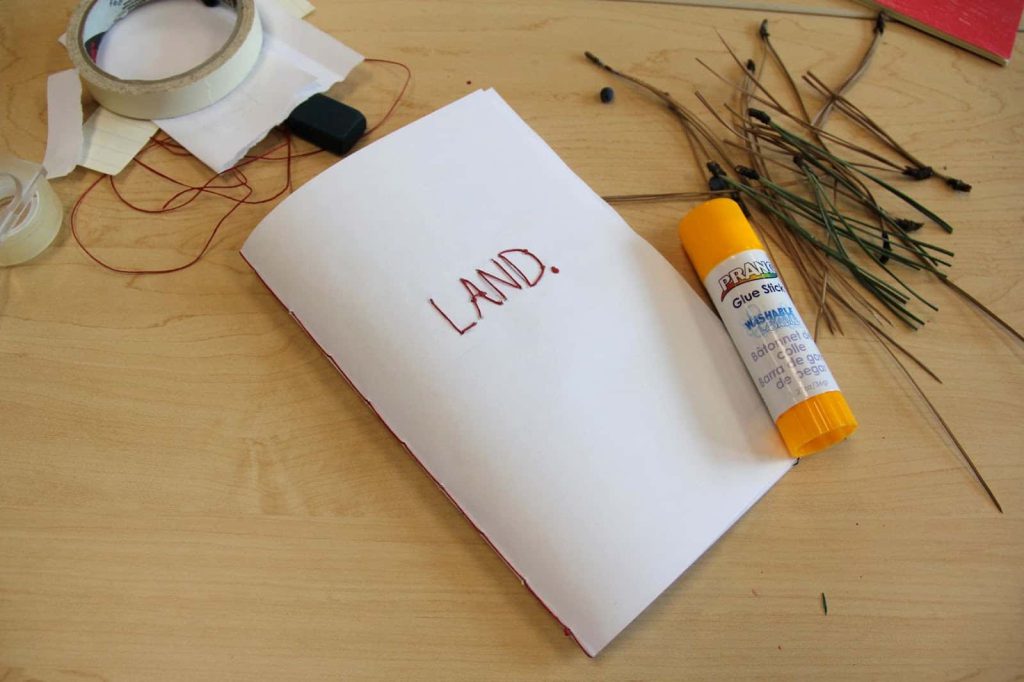
“I think that it’s really essential that we build a kind of decolonial aesthetic, and think about that within Indigenous contemporary practice, that situates us really resolutely in syilx territories, and ecologies,” said Tania.
The program continues to be a leader in “B.C”. and across “Canada,” in terms of elevating Indigenous art. This program is the reason Tania came to UBCO in the first place.
She’s focused on moulding the program into something that specifically caters to the needs of Indigenous students, such as shortening the requirement for in-person classes. She’s working toward an accessible Masters of Fine Art program that doesn’t require extensive time spent on-campus, with a focus on Indigenous contemporary art, informed by land-based knowledge. This way, students can come together for a short period of time before finishing the remainder of their course from their homelands.
The program deserves all the attention it can get, Tania explained. Because it’s run by a small team, often their efforts are put into organizing the program, and not talking about it publicly. She’s grateful to lead the program which was previously funded by a Canada Council grant, and is now funded by an internal grant from the university. Next year, they will again be seeking funding.
To learn more about the program, click here.
Author
Latest Stories
-
‘Bring her home’: How Buffalo Woman was identified as Ashlee Shingoose
The Anishininew mother as been missing since 2022 — now, her family is one step closer to bringing her home as the Province of Manitoba vows to search for her
-
Book remembers ‘fighting spirit’ of Gino Odjick, hockey’s ‘Algonquin Assassin’
Biography of late Kitigan Zibi Anishinabeg left winger explores Odjick’s legacy as enforcer in the rink — and Youth role model off the ice
-
St. Augustine’s survivor hopes for closure after evidence of 81 unmarked graves released
50 years after the residential ‘school’ closed, shíshálh Nation announces evidence of many burial sites. A Tla’amin Elder wonders how many more children died



